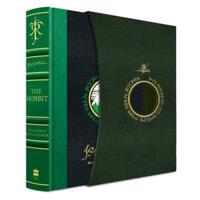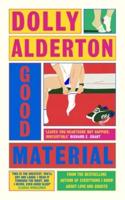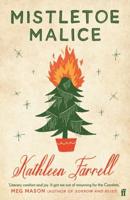Publisher's Synopsis
Edward Eggleston (December 10, 1837 - September 3, 1902) was an American historian and novelist. Biography: Eggleston was born in Vevay, Indiana, to Joseph Cary Eggleston and Mary Jane Craig. The author George Cary Eggleston was his brother. As a child, he was too ill to regularly attend school, so his education was primarily provided by his father. He was ordained as a Methodist minister in 1856.He wrote a number of tales, some of which, especially the "Hoosier" series, attracted much attention. Among these are The Hoosier Schoolmaster, The Hoosier Schoolboy, The End of the World, The Faith Doctor, and Queer Stories for Boys and Girls. Eggleston was elected a member of the American Antiquarian Society in 1893. His boyhood home at Vevay, known as the Edward and George Cary Eggleston House, was listed on the National Register of Historic Places in 1973. His summer home, Owl's Nest, in Lake George, New York, eventually became his year-round home. Eggleston died there in 1902, at the age of 64. Owl's Nest was declared a National Historic Landmark in 1971. His daughter, the writer, Elizabeth Eggleston Seelye, was married to Elwyn Seelye, the founder of the New York State Historical Association.... Allegra Eggleston (November 19, 1860 - 1933) was a 19th-century American artist from the U.S. state of Minnesota. She occupied herself as a woodcarver, portrait painter, and book illustrator. As an illustrator, she collaborated with her sister, Elizabeth Eggleston Seelye, and her father, Edward Eggleston, on a number of books including The story of Columbus (1892), The story of Washington, and The Graysons. Early years and education Allegra Eggleston was born in Stillwater, Minnesota, November 19, 1860. She was the second daughter of Edward Eggleston, the author, who came of a well-known Virginia family, with strains of Irish and Scotch in his descent. Her mother's family was of English origin. A delicate and high-strung child, she early showed a talent for drawing and modeling. One of her first works of art was an idol carved out of a piece of semi-decayed wood, when she was only six years of age. She drew constantly and modeled occasionally in clay, but she had no art teaching until she was received into classes in Cooper Institute in October, 1875. She was under age, being only 14, but was accepted on account of remarkable promise. She did creditable work there for two years, after which she entered the studio of Wyatt Eaton, where she made rapid progress in painting from life. In 1878, she went to Europe in company with her father and family for a year. While abroad, she took lessons under a Swiss wood-carver in Paris and astonished him by successfully carving the most difficult pieces as soon as she had learned the use of her tools. About 1891, she returned to study art in Paris with Charles Lasar and was friends with the American miniaturist from Cleveland, Sarah Elizabeth Rickey (1844-1923).








